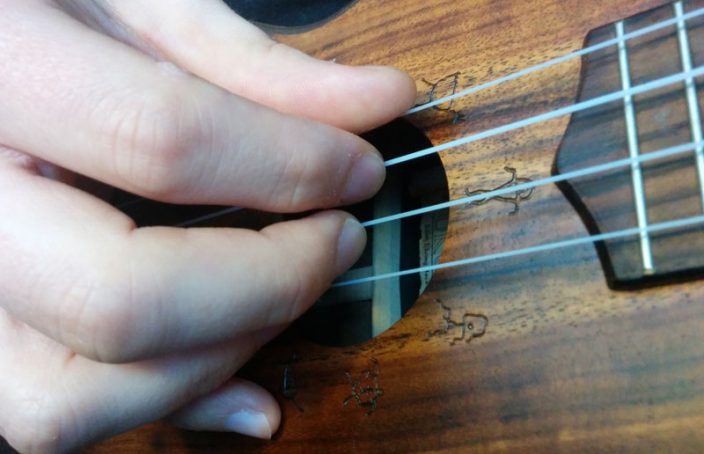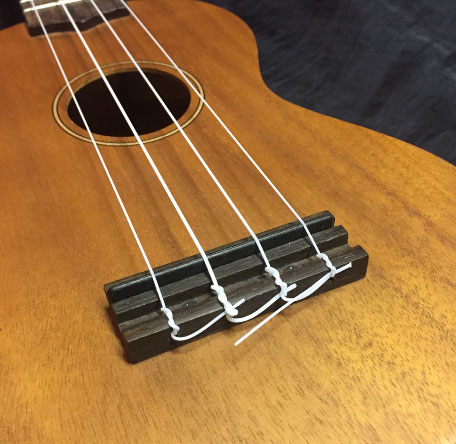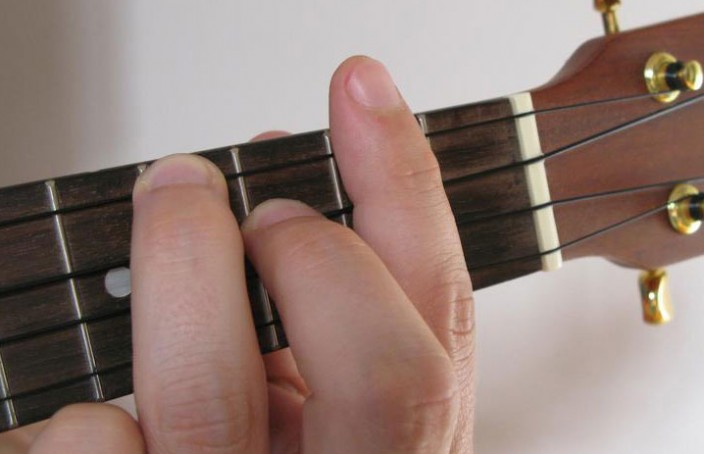How to Get the Best Ukulele Sound?
Learning to play any instrument takes time, while the ukulele is one of the easiest instruments to learn, you still need to take the time to develop enough skill to make it sound great. There are a few basic pointers to make sure you are guaranteed to wow folks when you play the uke for them! The Right Ukulele I see many articles out there about how to make a cheap ukulele sound great, the best way is to not be cheap, luckily with ukuleles we aren’t talking about huge price tags. From the very beginning it is essential that you have a proper uke to play. Music is a great business these days, there are a ton of instruments to buy, supplies to get, and lessons to purchase. Unfortunately, not everyone is out to truly help you in your journey, many instrument makers out there both locally and foreign[…]
Read More








I am an adult beginner at ukelele and am trying to teach myself but find that I’m getting very confused.…